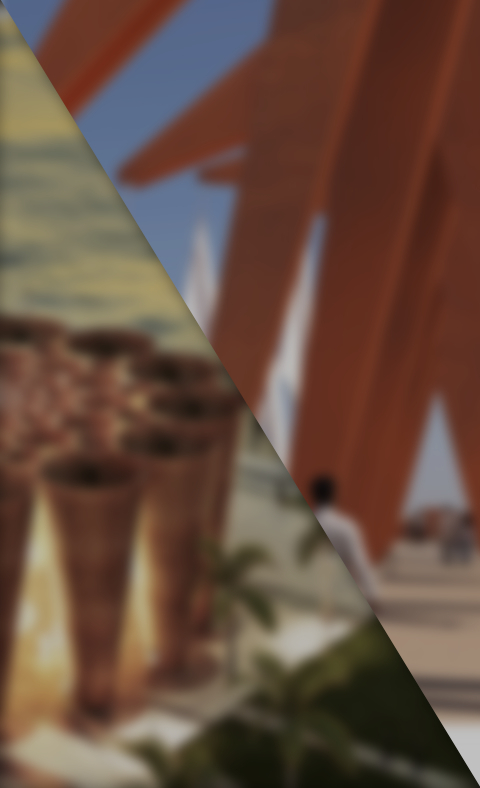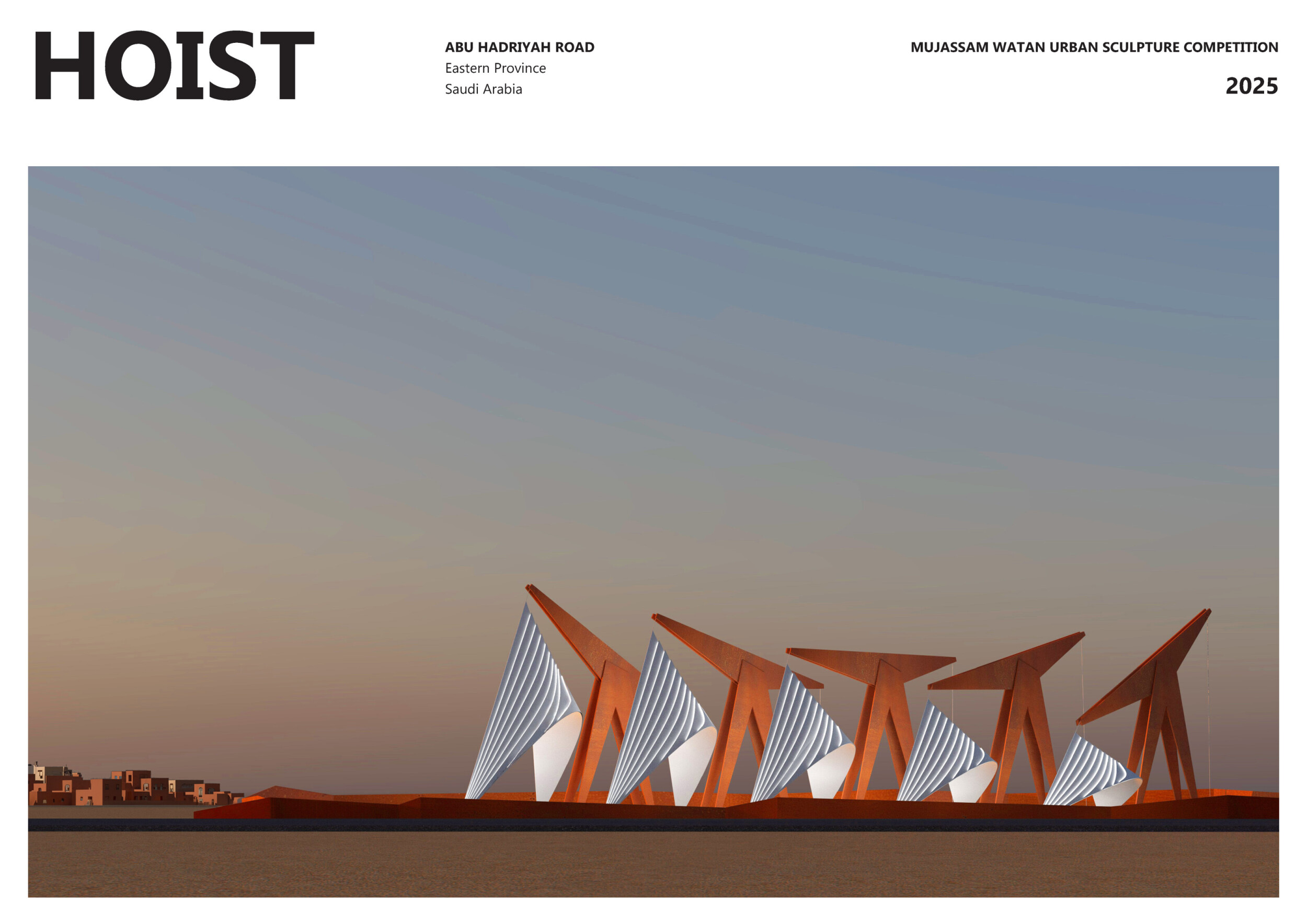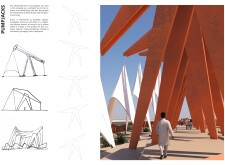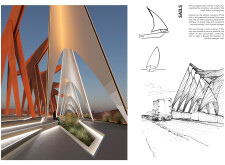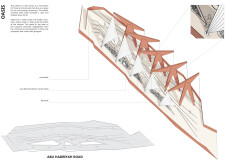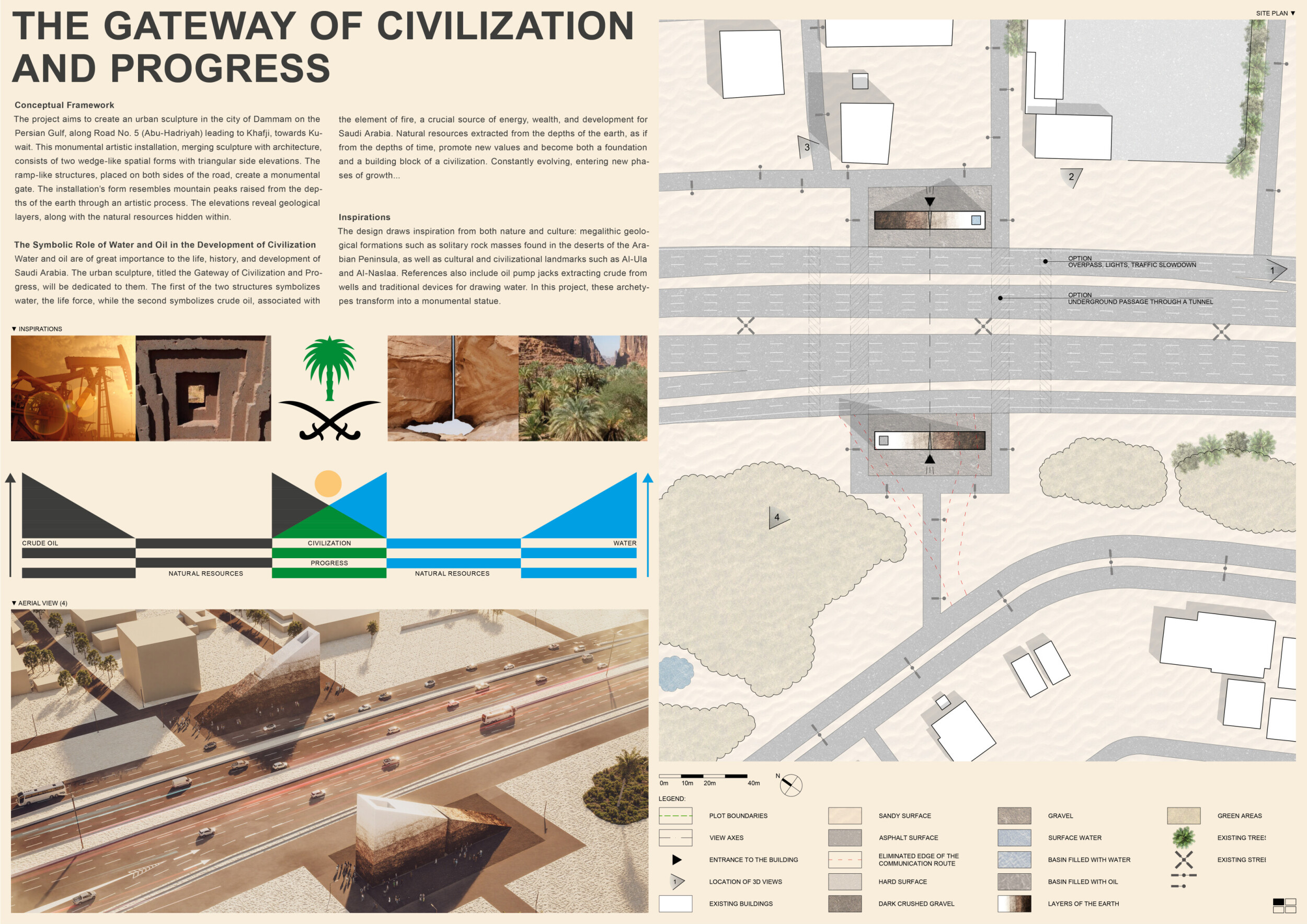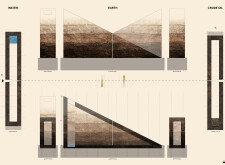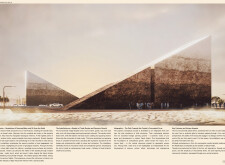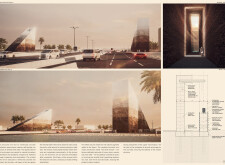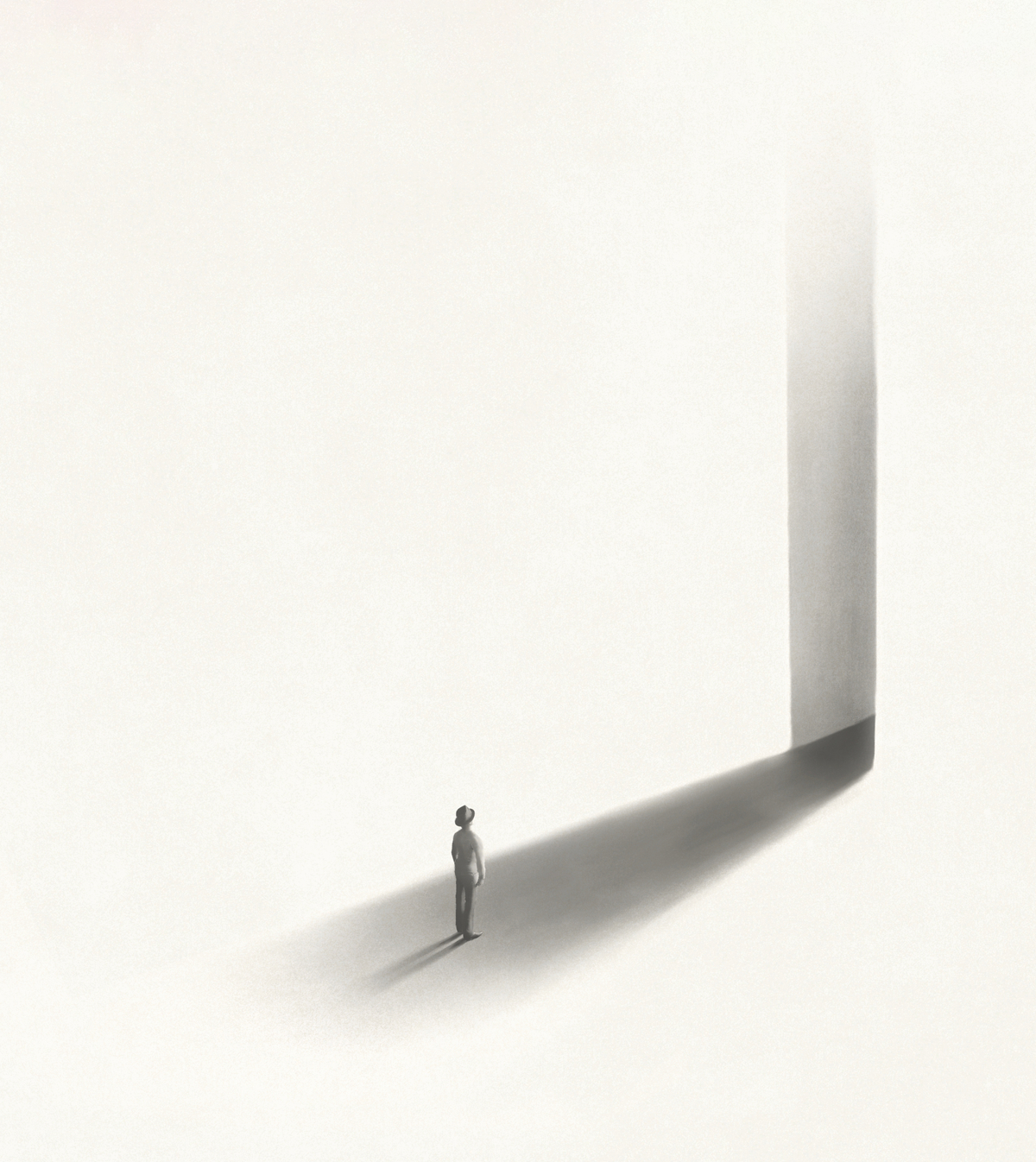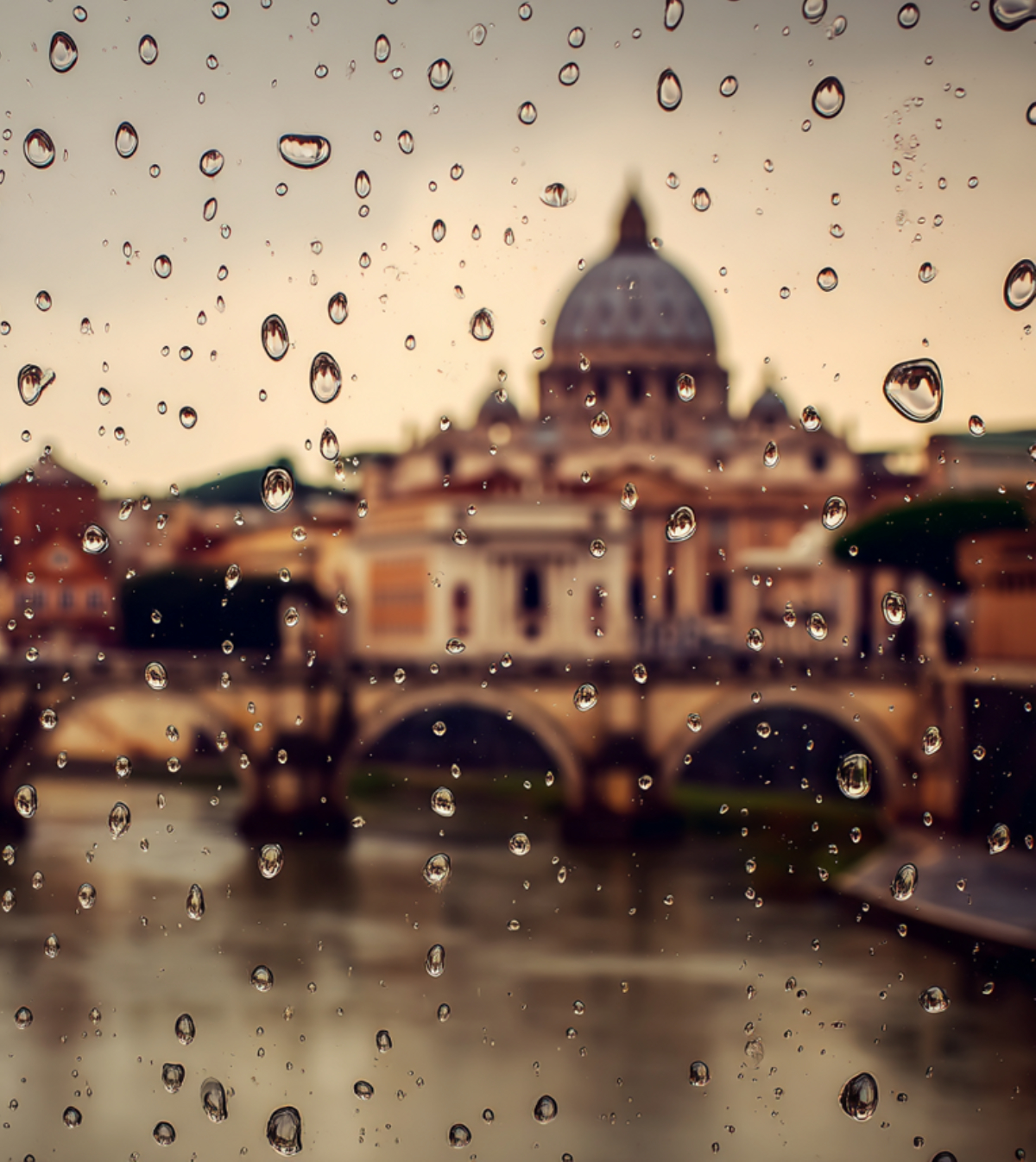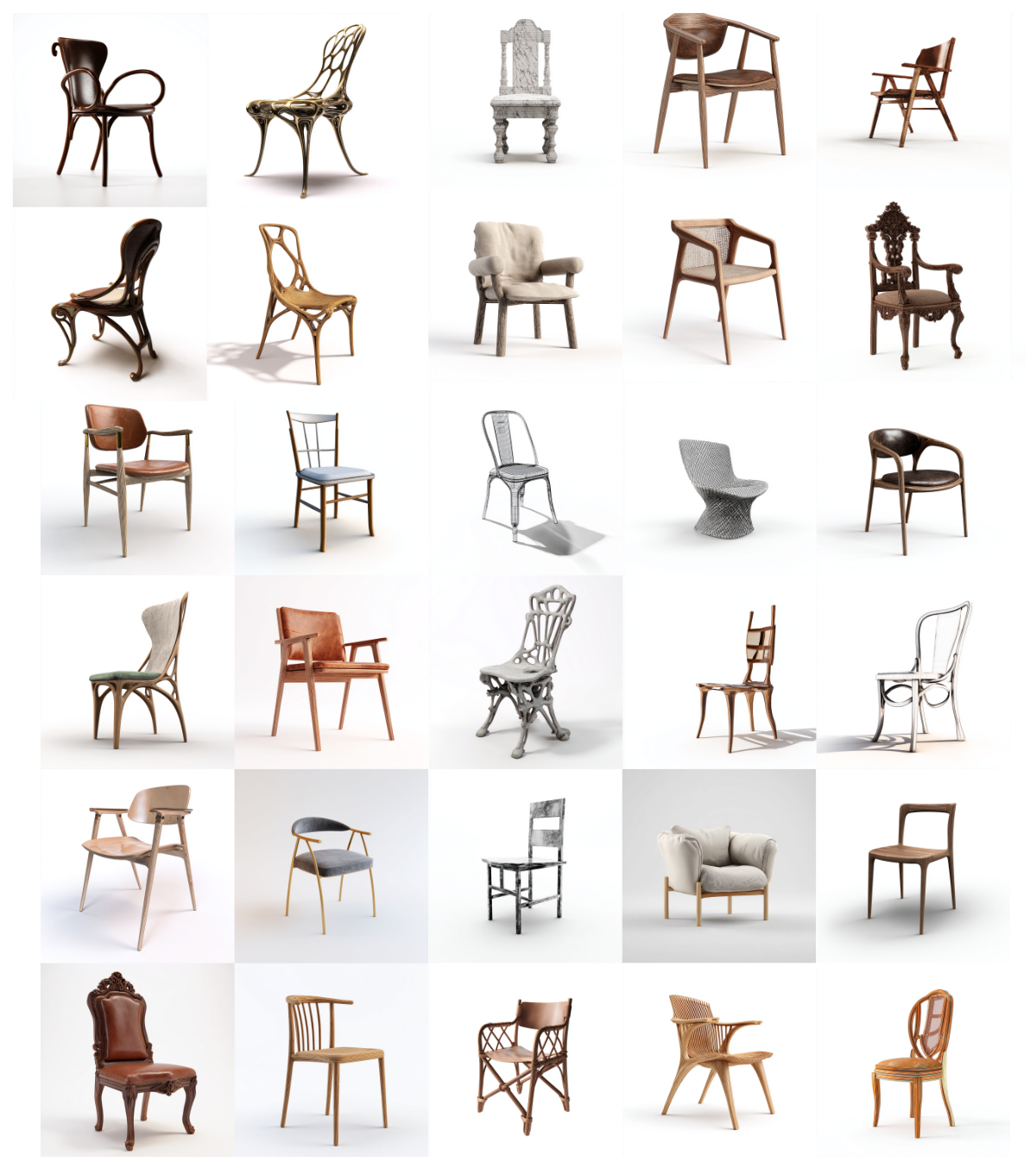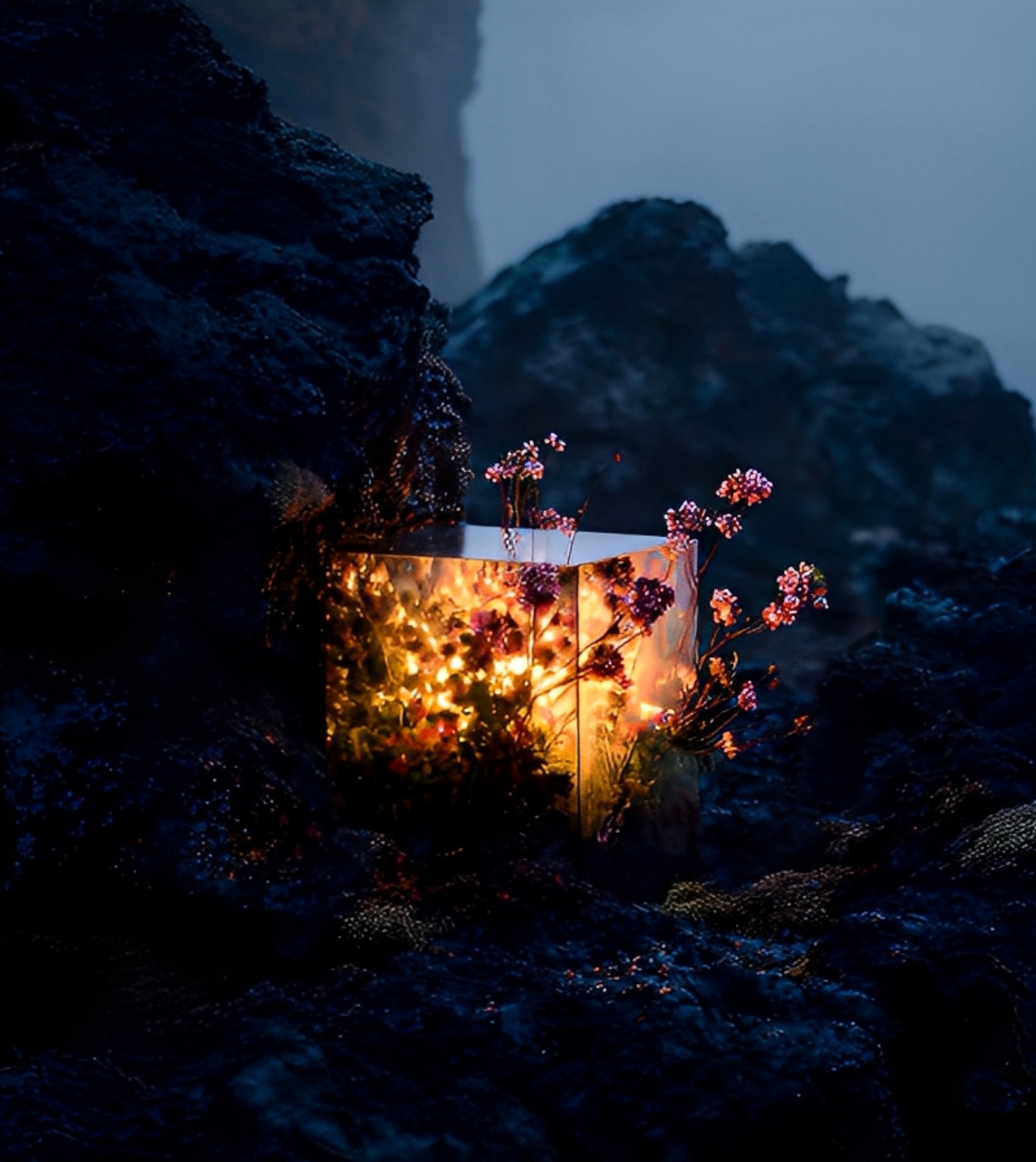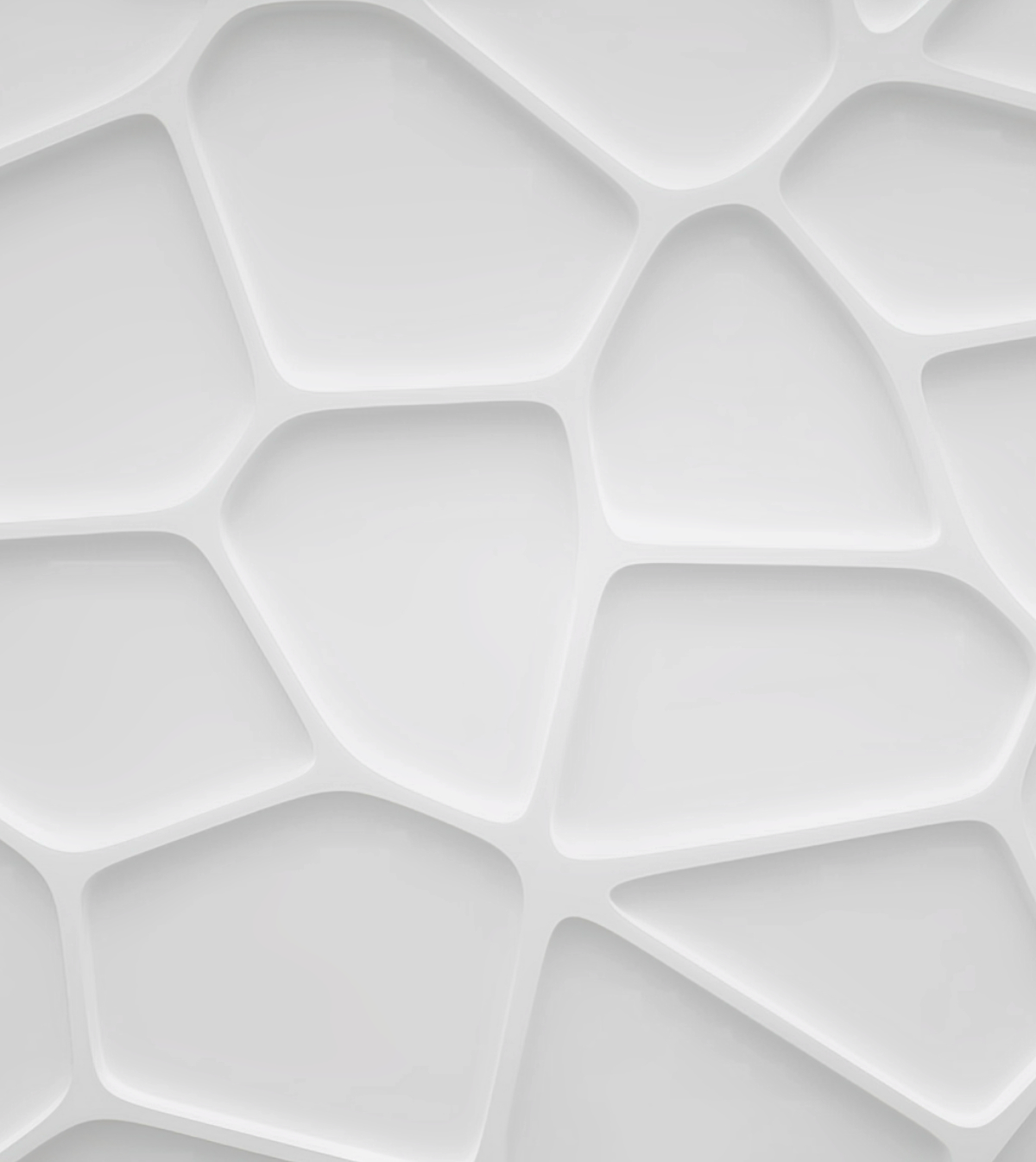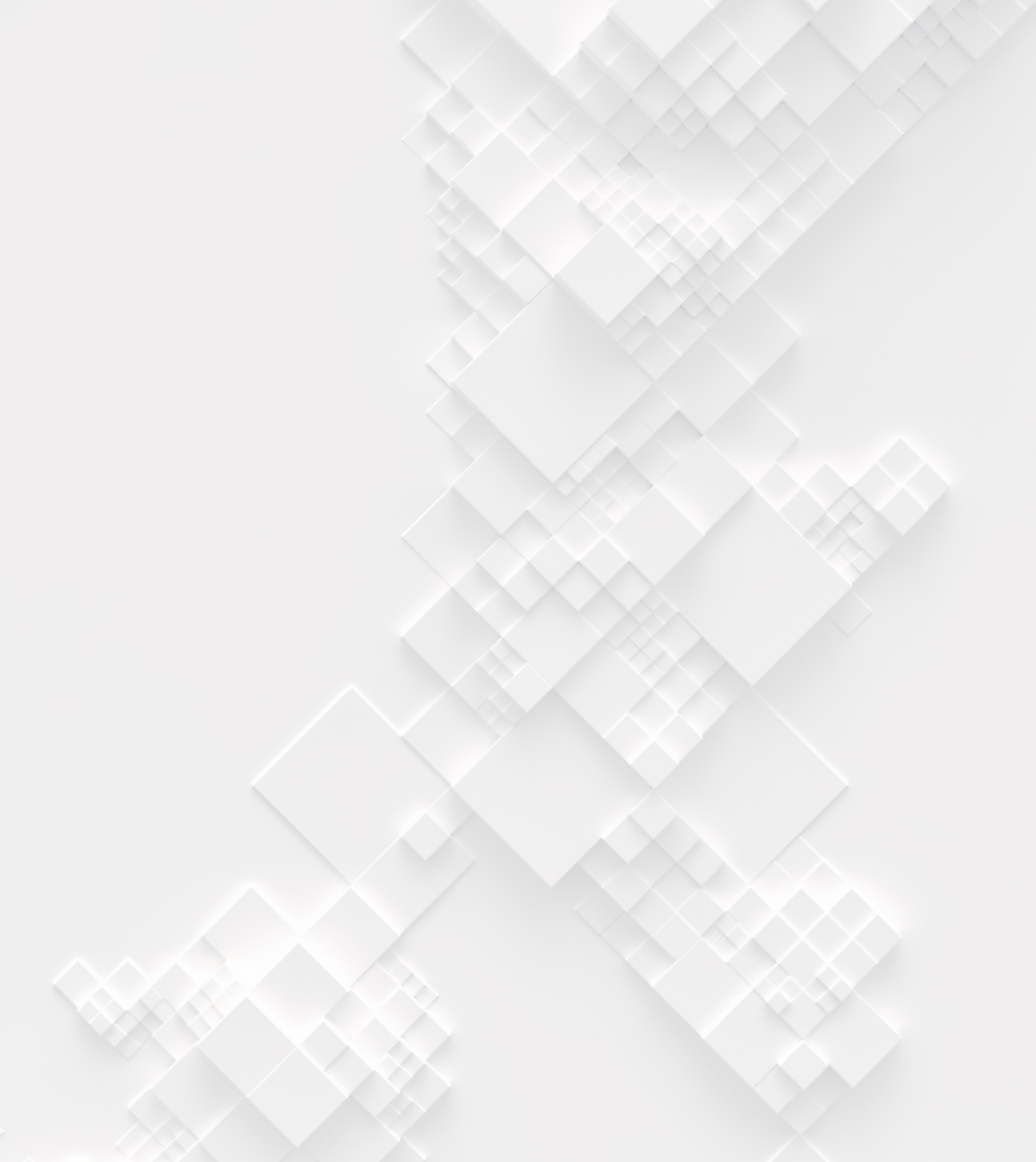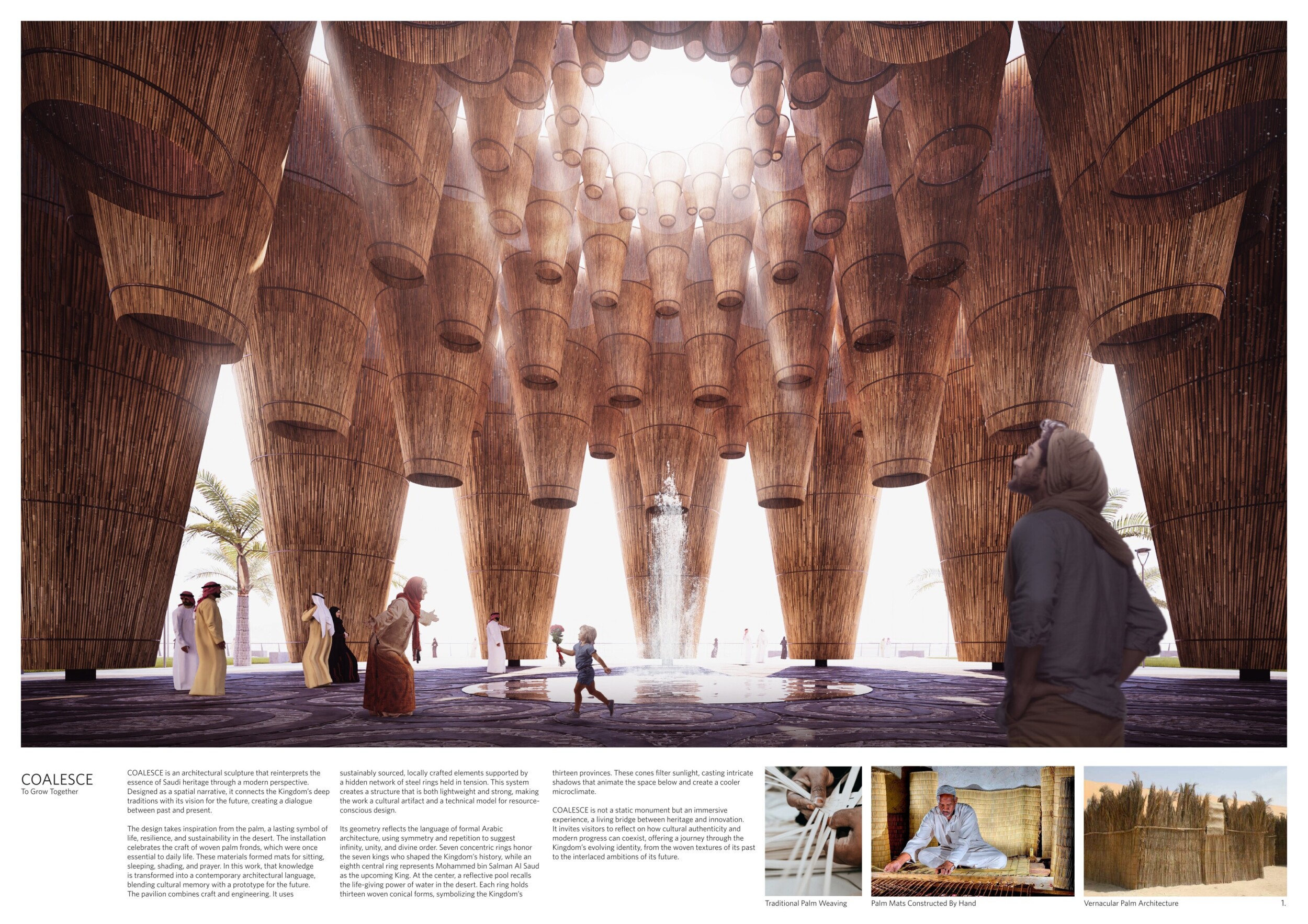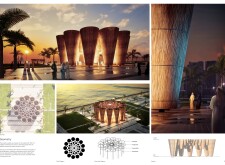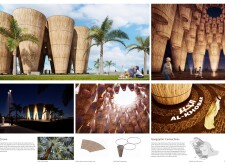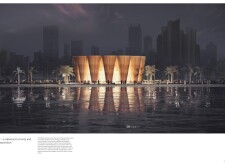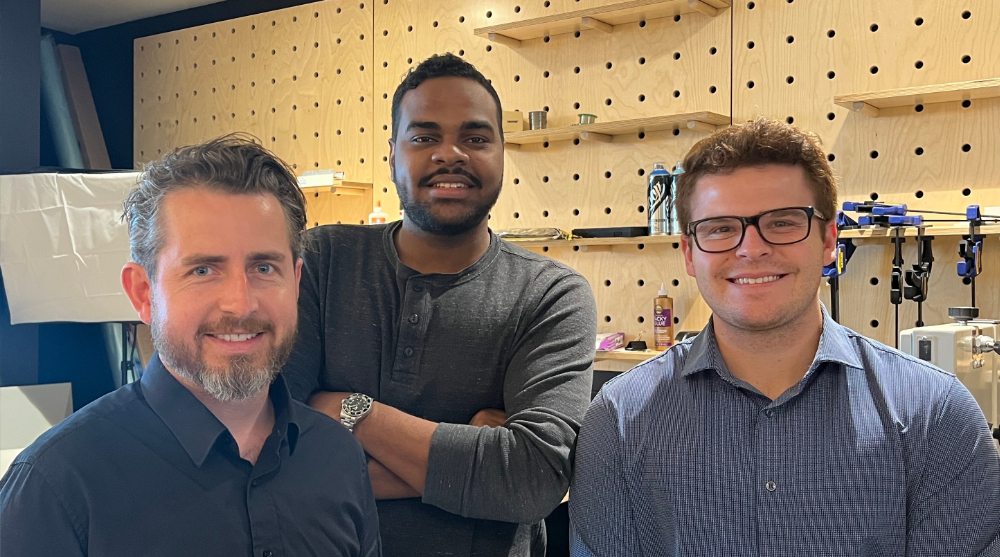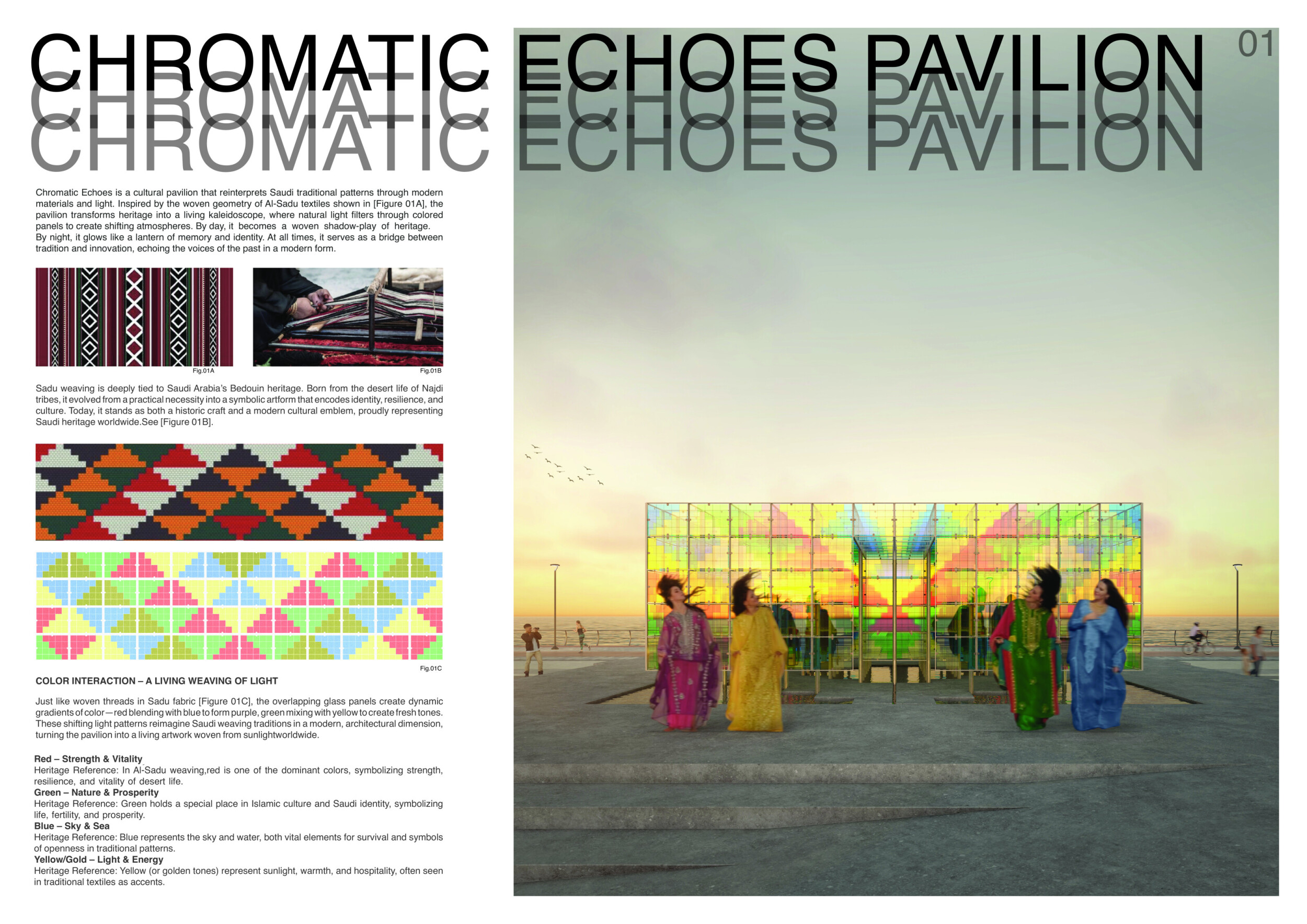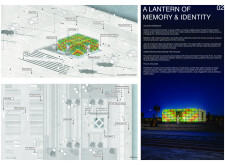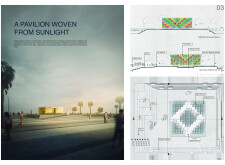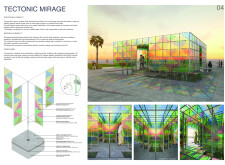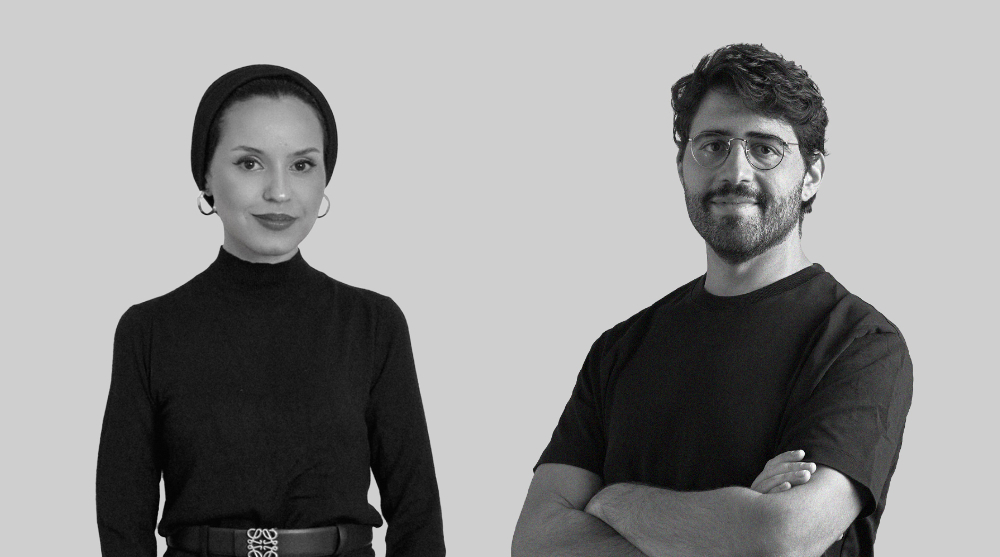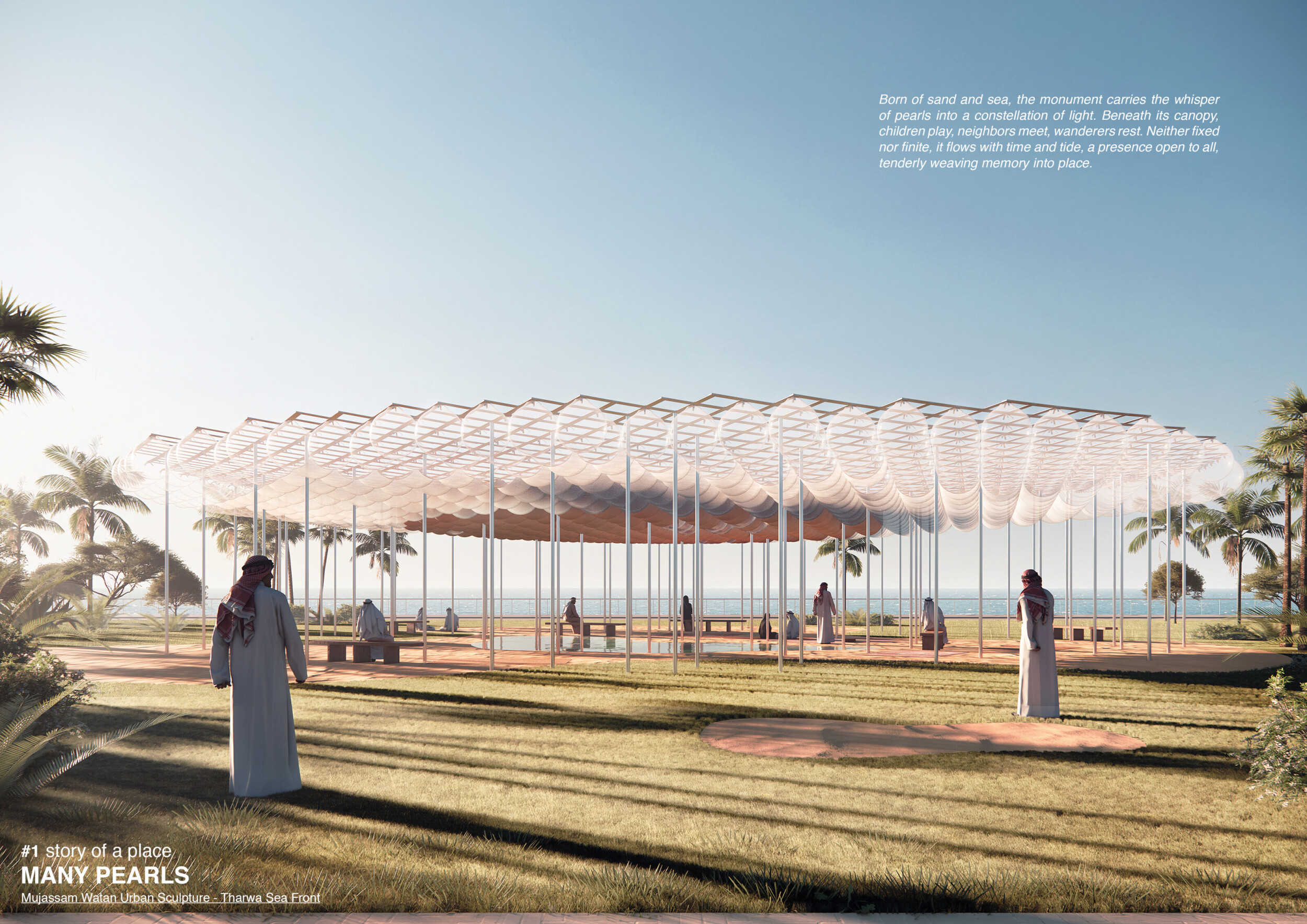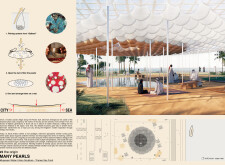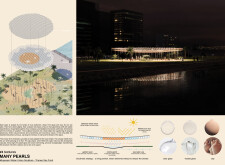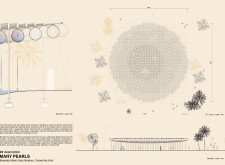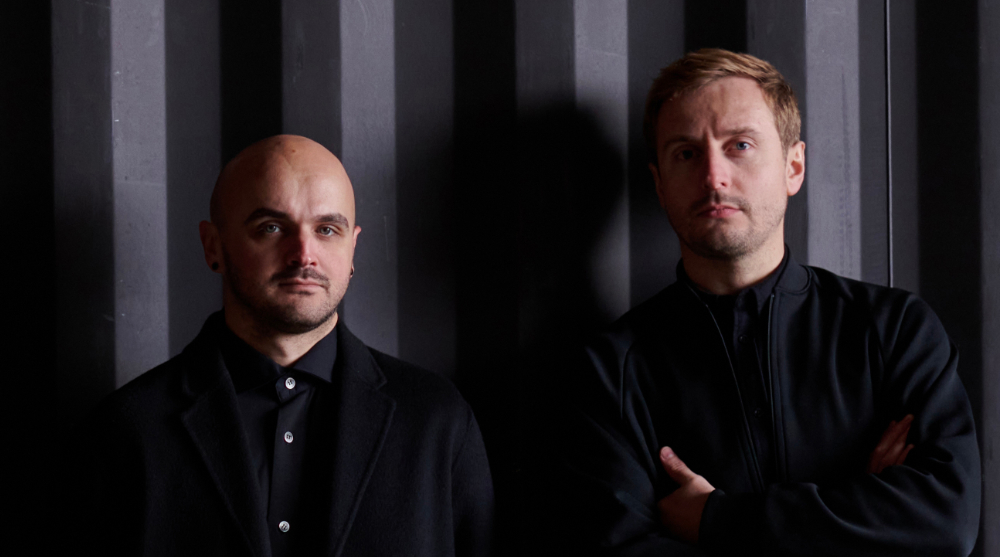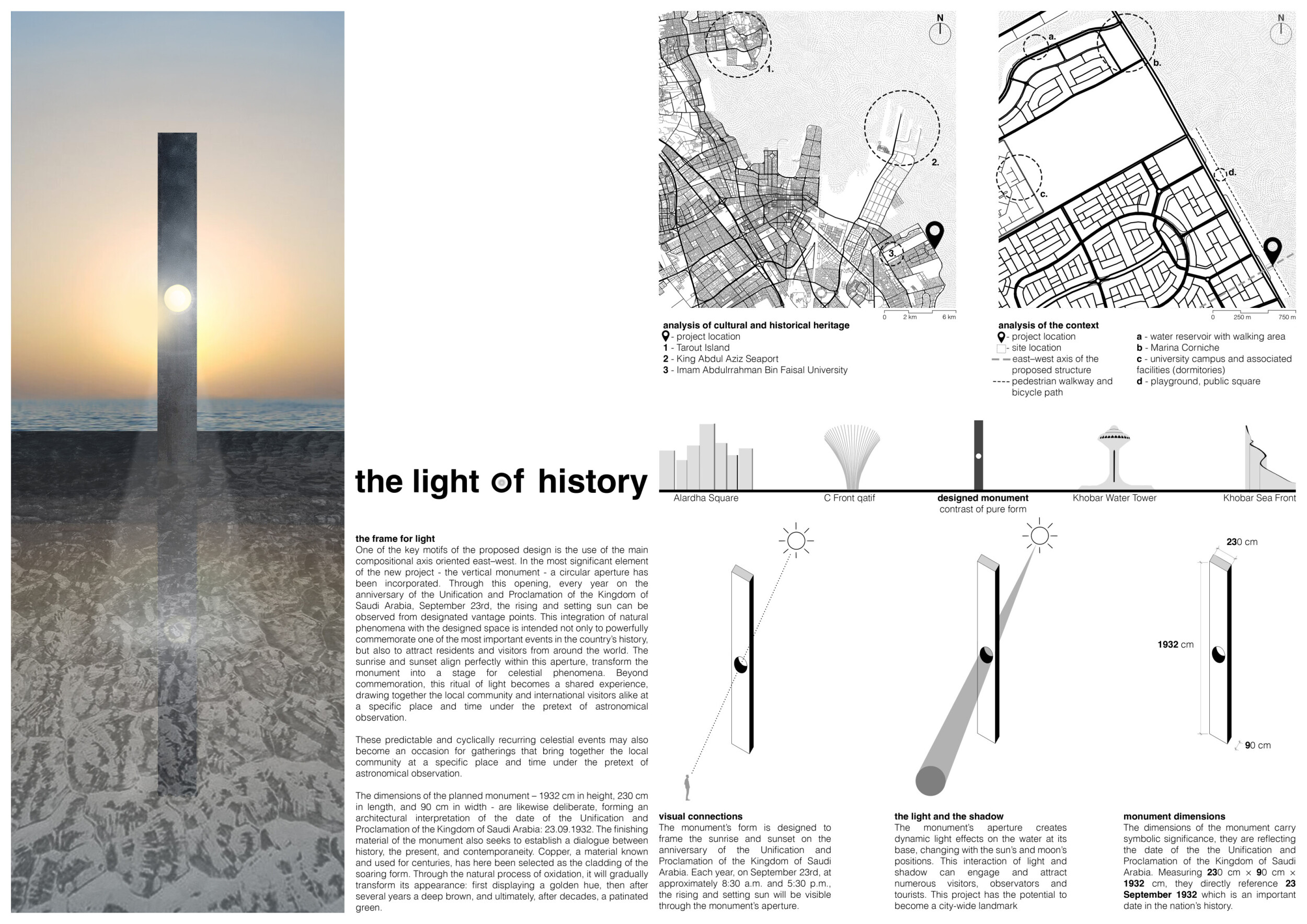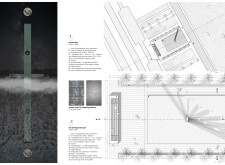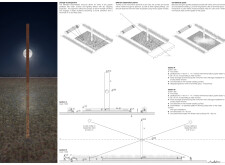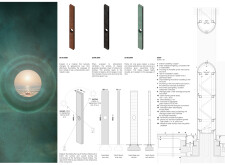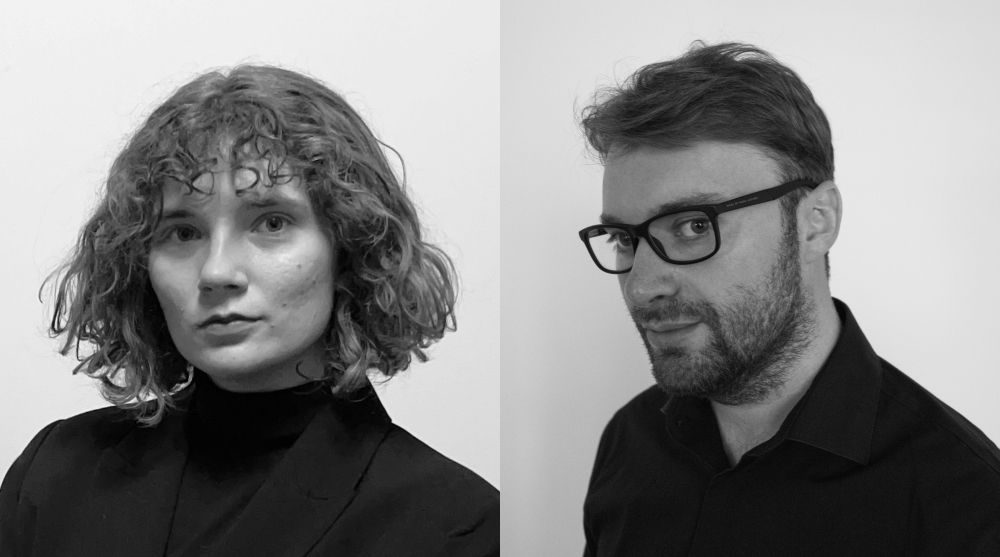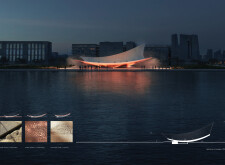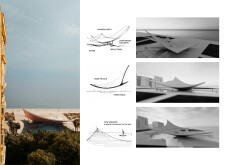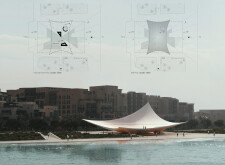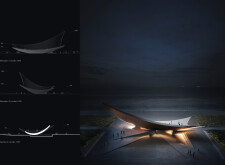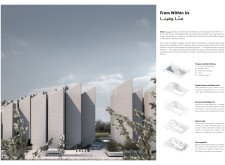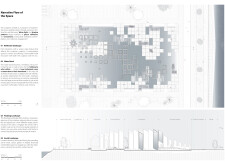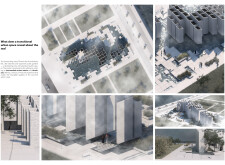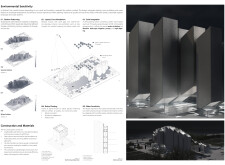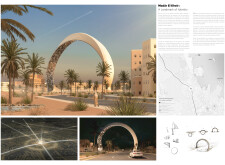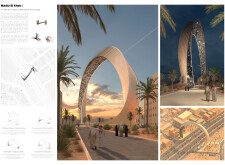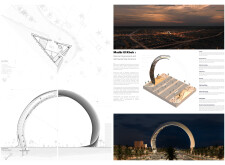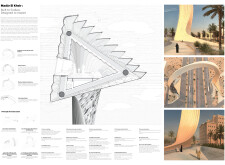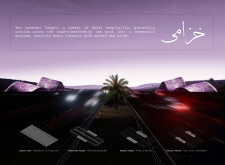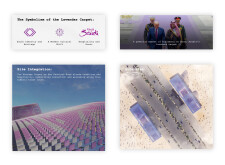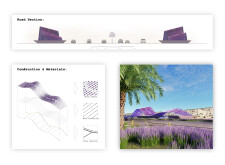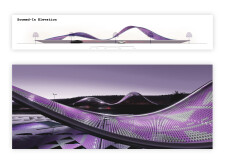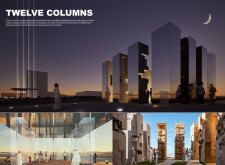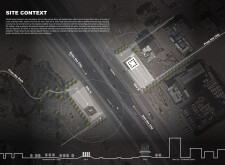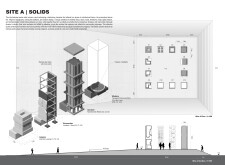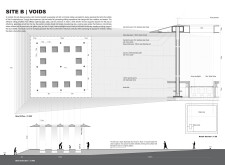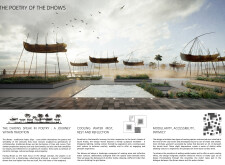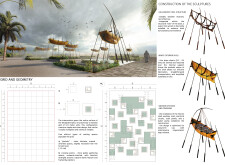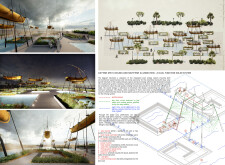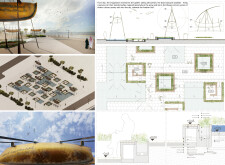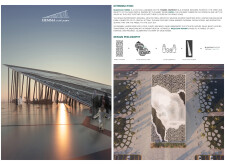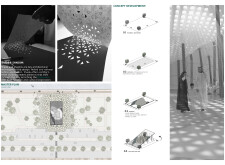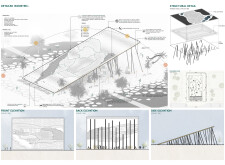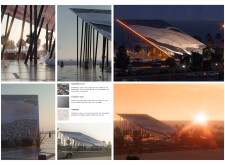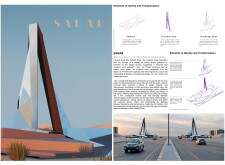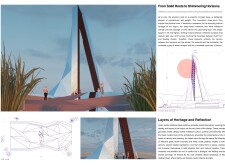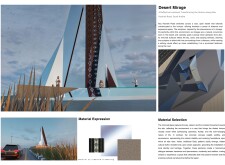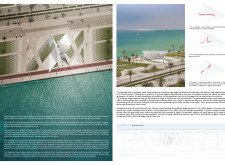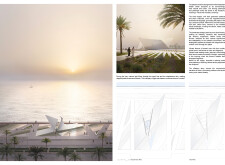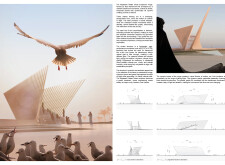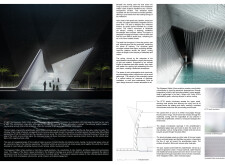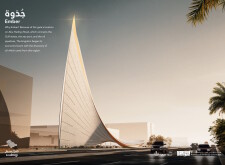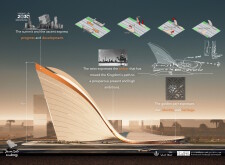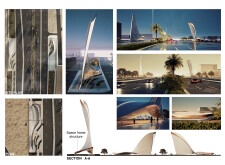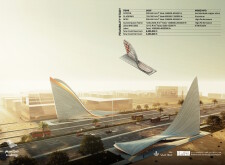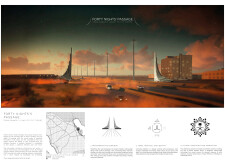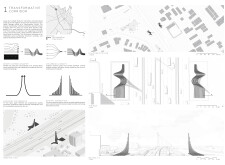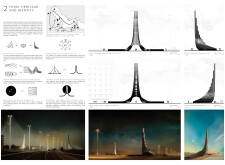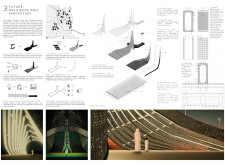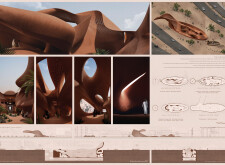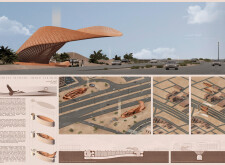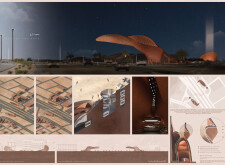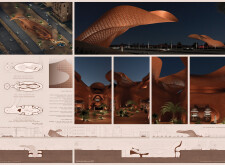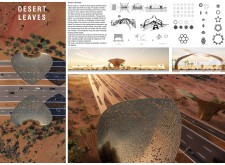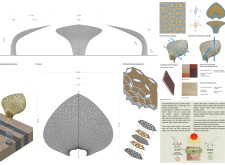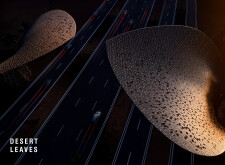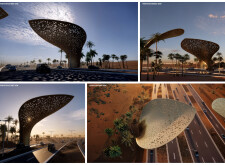Buildner and the Mujassam Watan Initiative are excited to announce the results of the Mujassam Watan Urban Sculpture Challenge.
This international competition invited architects, artists, and designers to create visionary public sculptures that reflect Saudi Arabia’s rich cultural heritage and forward-looking ambitions. As the Kingdom undergoes a profound transformation under Vision 2030, this initiative—organized in partnership with the Mujassam Watan Initiative—called for works that engage with both history and future, tradition and innovation, within the public realm.
Participants were tasked with designing site-specific urban sculptures for one of two locations: the Tharwa Sea Front, a waterfront zone in Al-Khobar blending natural beauty with contemporary urbanism, or Abu Hadriyah Road, a major highway linking Saudi Arabia with neighboring Gulf states. Each site offered a unique context and required proposals that enhance the cultural landscape while responding to their environmental and social settings.
Submissions were encouraged to explore themes of national identity, heritage, connectivity, and transformation. Designers were asked to consider scale, durability, public engagement, and feasibility, crafting sculptures that would serve not only as landmarks but also as meaningful contributions to community life. With a total prize fund of €50,000 and the possibility of construction, the competition represents a rare opportunity to leave a lasting imprint on Saudi Arabia’s evolving urban identity.
Global participation and creative reach
The seventh edition of this competition is as a powerful testament to the resonance of the competition's mission. With 366 project submissions from 60 countries, the initiative drew an impressive range of perspectives and talents from across the architectural and artistic spectrum. Submissions came from licensed architects, architectural designers, students, and design firms alike, demonstrating a balanced participation from both emerging and professional voices. Notably, Saudi Arabia led the response, followed by strong participation from the United States, Italy, the United Kingdom, and the United Arab Emirates — underscoring both local ownership and international interest. This breadth of engagement reflects the competition’s success in connecting deeply with a global audience, encouraging designers to rethink the role of public sculpture in shaping national identity, civic life, and cultural continuity.
Key reflections from the jury
Grounded deliberations, diverse perspectives:
The jury convened in person near the project sites in Al-Khobar, Saudi Arabia, in September 2025, bringing together a multidisciplinary panel with regional, national, and international expertise. The live setting allowed jurors to directly experience the physical and cultural contexts of both sites, grounding the evaluation process in situ. The diversity of backgrounds—from architecture and urbanism to public culture and heritage—enriched the discussion and informed a broad yet rigorous review of the submissions.
The panel consisted of Dr. Sumayah Al-Solaiman, CEO of the Architecture and Design Commission at Saudi Arabia’s Ministry of Culture and a leading figure in national cultural policy and architectural education; Andrew Whalley, Chairman of Grimshaw and a globally recognized voice in sustainable and civic design; and Eli Synnevåg, Senior Architect and Director of Acquisition at Snøhetta, with deep experience in the Middle East region. The jury also featured Abdullah bin Mohammed Al-Hajri, General Manager of Designs and Studies at the Eastern Province Municipality; Al Motasem Attiyah, CEO of Clear Co Holding and a specialist in urban identity; and Dr. Ahmad AlSaifi, Design Director at Ajdan Real Estate with expertise in parametric processes. Further expertise came from Ahmed Elgamal, architect at Bjarke Ingels Group (BIG); HH Princess Tarfa Fahad Alsaud, Director of Cultural Heritage Curation at the Diriyah Gate Development Authority; and Jemma Chidiac, Beirut- and UK-based architect and academic whose work explores memory, heritage, and public space.
Seafront potential: engagement over objecthood
For the Tharwa Sea Front site, the jury strongly favored proposals that moved beyond formal sculptural expression to embrace spatial engagement. The most compelling projects offered opportunities for gathering, reflection, and social interaction—spaces that were not just to be looked at, but experienced. The jury emphasized that this prominent waterfront setting should invite public participation and become a daily part of Al-Khobar’s civic life.
Highway as threshold: visibility with optional intimacy
The Abu Hadriyah Road site, in contrast, was recognized as a threshold condition—more often experienced at speed from a vehicle than on foot. Here, the jury valued bold, legible forms that could serve as visual landmarks from afar, embodying themes of movement, arrival, and national identity. At the same time, jurors encouraged future developments that might also offer the possibility of a slower, more intimate experience—allowing travelers to pause, explore, and engage with the sculpture and its surroundings at ground level.
Duality of landmark and place
Across both sites, the jury gravitated toward proposals that balanced sculptural impact with public function. Winning projects successfully operated on two levels: they stood out as iconic symbols visible from a distance, while also offering a meaningful spatial experience for those who approached them more closely. This duality—of being both a landmark and a place—was seen as critical to the long-term cultural success of these urban interventions.
Award allocation and submission trends
The competition was originally structured to award three prizes for each of the two proposed sites—first, second, and third. However, the jury noted a significant imbalance in the distribution of submissions: over 80 percent of the proposals focused on the seaside site, while fewer than 20 percent addressed the highway site. In response, and in order to reflect this disparity while honoring the quality of work received, the jury agreed to reconfigure the prize structure. Instead of awarding three prizes per site, the decision was made to recognize four projects for the seaside site and two for the highway site. This adjustment ensures a more equitable acknowledgment of design excellence and engagement across both sites.
Moving Forward: A Vision for Public Landmarks in Al-Khobar
As Al-Khobar continues to evolve as a dynamic urban and cultural hub within Saudi Arabia’s Eastern Province, the Mujassam Watan Urban Sculpture Challenge marks a critical step toward reimagining the role of public art and sculpture in shaping the identity of place. This competition has laid the groundwork for a new generation of civic landmarks—works that speak not only to national symbolism, but also to lived experience and local engagement. The selected projects reflect a growing aspiration for urban spaces that are both expressive and inclusive, monumental yet human-scaled. As these designs move closer to realization, they signal a broader commitment to embedding creativity, reflection, and cultural resonance into the fabric of the city. Through this initiative, Al-Khobar reaffirms its place on the map as a city where heritage and innovation intersect—and where public space becomes a canvas for collective meaning.
Buildner and the Mujassam Watan Initiative extend their sincere thanks to all participants for their thoughtful and inspiring contributions. We congratulate the winning teams and honorable mentions for their exceptional work in shaping a new narrative for public art in Saudi Arabia—one that bridges past and future, site and society, vision and identity.
